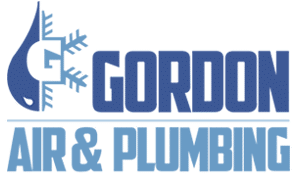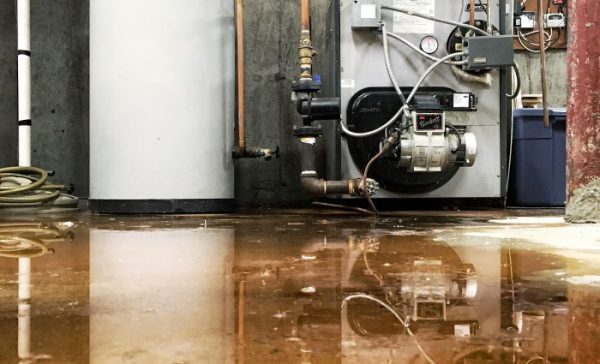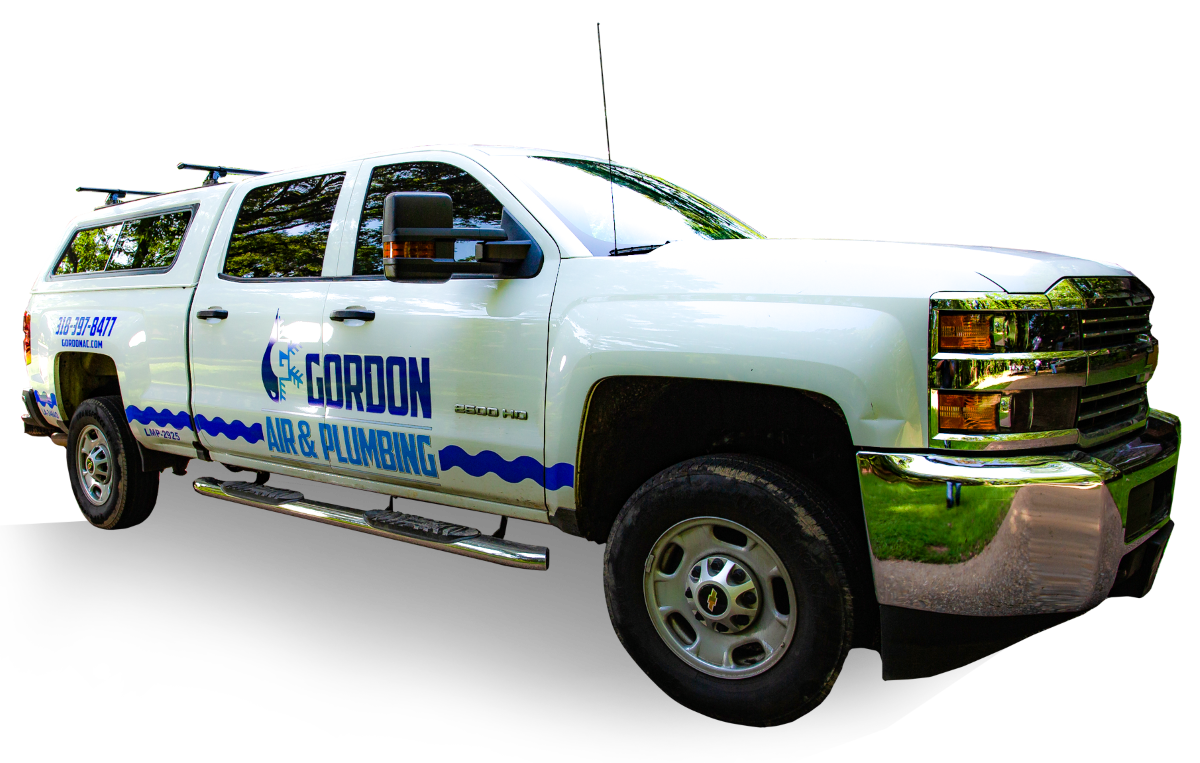Homeowners in must understand that any sewage backup in your basement represents a potential health hazard to you and your loved ones. So it is going to require more than just a clean-up. Of course, the area needs to be sanitized. But you also need to be sure that you do not expose yourself to any of the bacteria, toxins, or parasites present in human waste.
When you discover this unsetting and disgusting mess in your basement or anywhere in your home, the following process will help you remain safe while you handle this awful chore.
- Clean up the sewage as quickly as possible. The smell and potential for long-term contamination and health issues will only increase the longer the waste is in your home and exposed to the air you and your family are breathing.
- Wear the appropriate protective gear. Basically, you want to be covered from head to toe and breathing through a mask or ventilator. Start with heavy, waterproof boots, long pants, and a long-sleeved shirt. If you have any wounds, cover them with something waterproof before donning any gear. Make sure you have waterproof gloves as well. If you are wearing typical work gloves, wear a layer or two of rubber gloves under them to protect your skin from sewage.
- Shovel the solid waste into buckets. Because you have had a backup, it will do no good to try and flush the waste away. It will return to your basement floor. Instead, place all of the buckets in several layers of heavy-duty trash bags for proper disposal. Place any towels or rags used to blockage the sewage in bags as well. If you have no large trash receptacle, you should consider renting a dumpster to get rid of the waste as quickly as possible.
- Soak up any remaining moisture with towels or rags that you are willing to throw away. You never want to try to wash the sewage out of any fabric that will come in contact with your skin.
- Use fans and dehumidifiers to dry any remaining moisture. This is essential for preventing the growth of harmful mold.
- While the area is drying, inspect everything in the area for contamination from the sewage. Any carpet, wood, or fabric will absorb the sewage and become a foul and potentially toxic mess. Throw away any contaminated items in heavy-duty contractor trash bags.
- Once all the sewage and contaminated items have been removed, and the floor is dry, you can begin disinfecting the area. Start with warm water and soap, wiping everything and every surface in the space. Then make a second pass wiping everything with a mixture of bleach and water. Work in small sections to ensure that you disinfect everything and every surface.
After The Sewage Is Removed
When your plumbers arrive, they must have access to the area that flooded with sewage. In most cases, they will deploy a small camera into the drain to access the sewer line. The camera images will reveal any damage or blockage in your home’s sewer line. And your licensed plumbers will be able to determine precisely where the issue lies between your home and the city sewer system.
In the event of a sewer line clog, a water jet can be used to blast away the offending clog and any nasty residue that could form new clogs. If the pipe is damaged, your pros will provide you with options to repair or replace the sewer line.
Call (318) 202-9144 when you discover sewage backed up in your basement. The Gordon AC & Plumbing pros will arrive quickly to prevent further flooding and complications.



